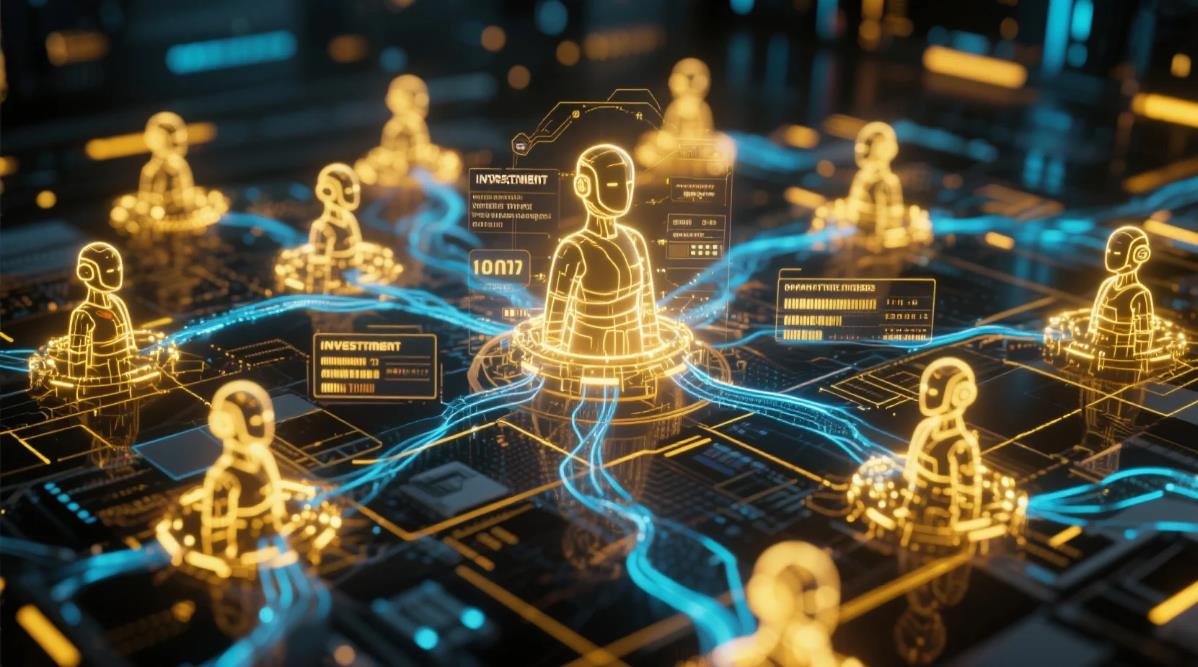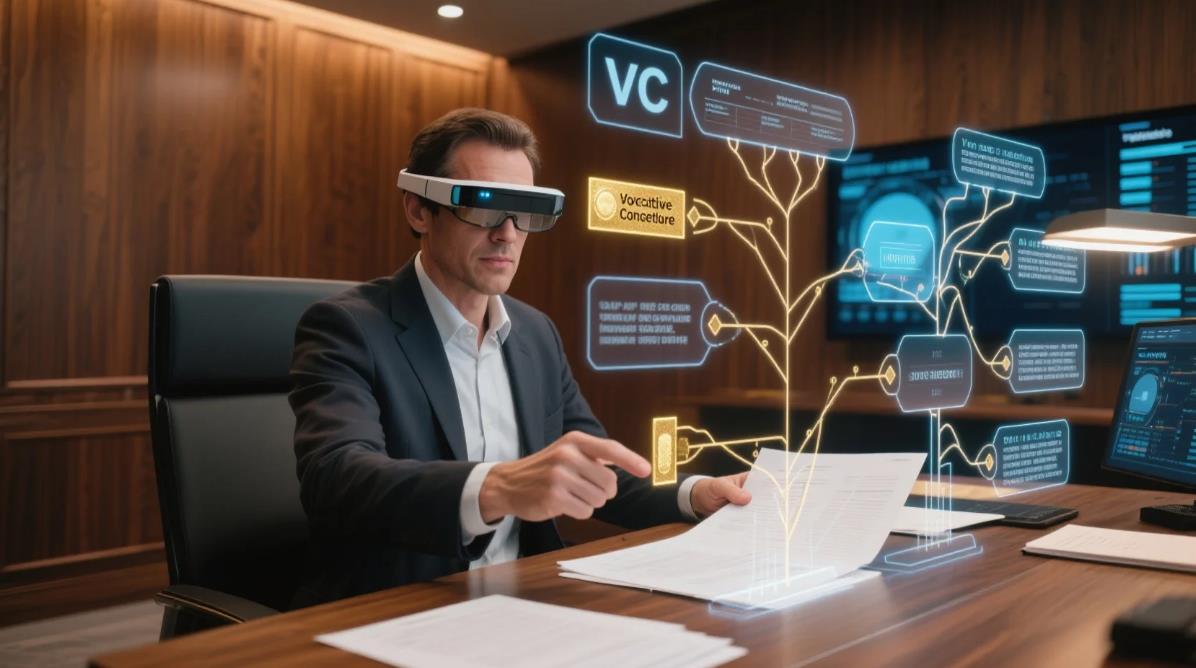Beneath the surface of Silicon Valley's venture capital ecosystem, a radical new investment paradigm is emerging from an unlikely marriage of neuroscience and distributed computing. Neural collective intelligence systems—decentralized networks of specialized AI agents that mimic human investment committees—are now outperforming top-tier VC firms by 38% in early-stage deal selection, according to Stanford's 2024 Alternative Investments Report. These systems don't just analyze data; they simulate entire market evolutions, predicting how nascent technologies will intersect and compound over decade-long horizons.
The architecture of these systems reveals their transformative potential. Each "neuron" in the network specializes in a different domain—one might focus on semiconductor roadmaps while another tracks regulatory sentiment in quantum computing. Unlike traditional AI models that converge on single predictions, these collectives maintain competing hypotheses in parallel, creating what researchers call "strategic ambiguity portfolios." When Sequoia Capital tested a prototype system, it correctly predicted the drone delivery boom two years early by recognizing how battery density improvements would intersect with changing urban zoning laws—a connection human analysts missed.

Financial implications extend far beyond venture returns. These systems are creating entirely new asset classes. "Preemptive IP" funds now acquire patents in technologies the neural collectives predict will become valuable within 5-7 years. The most innovative applications emerge in cross-pollination investing—a Hong Kong fund using this technology recently backed a biotech startup developing algae-based carbon capture because the system foresaw its eventual application in data center cooling systems. Perhaps most radically, some collectives have begun initiating "synthetic startups"—algorithmically designed teams matched with predicted market needs before either exists organically.
The human-AI collaboration is yielding unexpected benefits. Contrary to fears of displacement, top venture firms report their partners becoming more valuable as they shift to "hypothesis gardening"—curating the neural collectives' competing predictions and translating them into investable theses. Andreessen Horowitz's experiment with "augmented diligence" reduced partner meeting times by 70% while increasing deal quality, as humans focused on testing the AI's most provocative conjectures rather than grinding through spreadsheets.

Implementation challenges reveal fascinating tensions. The "interpretability paradox" emerges when the collective's most successful predictions come from its least explainable pathways. Energy requirements are staggering—training a single investment collective consumes more power than a small town, though new neuromorphic chips are improving efficiency. Perhaps most profoundly, these systems demand reimagined fund structures—how do you explain to LPs that your best investments came from an AI's "gut feeling" about technologies that don't yet exist?
As the technology matures, we're seeing the emergence of "self-funding" collectives that allocate portions of their carried interest to upgrade their own capabilities. Some systems now participate in board meetings through avatar representations, while others quietly scout talent by analyzing research papers for founder potential years before startup formation. The next frontier involves "ecosystem engineering" where multiple collectives collaborate to shape entire technological trajectories—imagine competing VC firms' AIs inadvertently co-creating market conditions that make their competing predictions both come true.

Regulatory bodies are racing to adapt. The SEC has established a new Office of Algorithmic Strategy to oversee AI-driven investment vehicles, while the EU's forthcoming Artificial Intelligence Act includes special provisions for "financial imagination systems." Surprisingly, these systems may actually improve market stability—their distributed nature makes them less prone to herd behavior than human-dominated VC, with early data showing 60% less volatility in sectors where neural collectives are active.
In this emerging paradigm, venture capital becomes less about picking winners and more about nurturing possibility spaces. The firms that master this transition won't just achieve superior returns—they'll gain the ability to shape technological evolution itself, guided by systems that think across longer time horizons and make connections no human mind could perceive. As neural collectives grow more sophisticated, they may ultimately redefine what it means to "spot trends," transforming venture capital from a game of pattern recognition to one of possibility creation.







